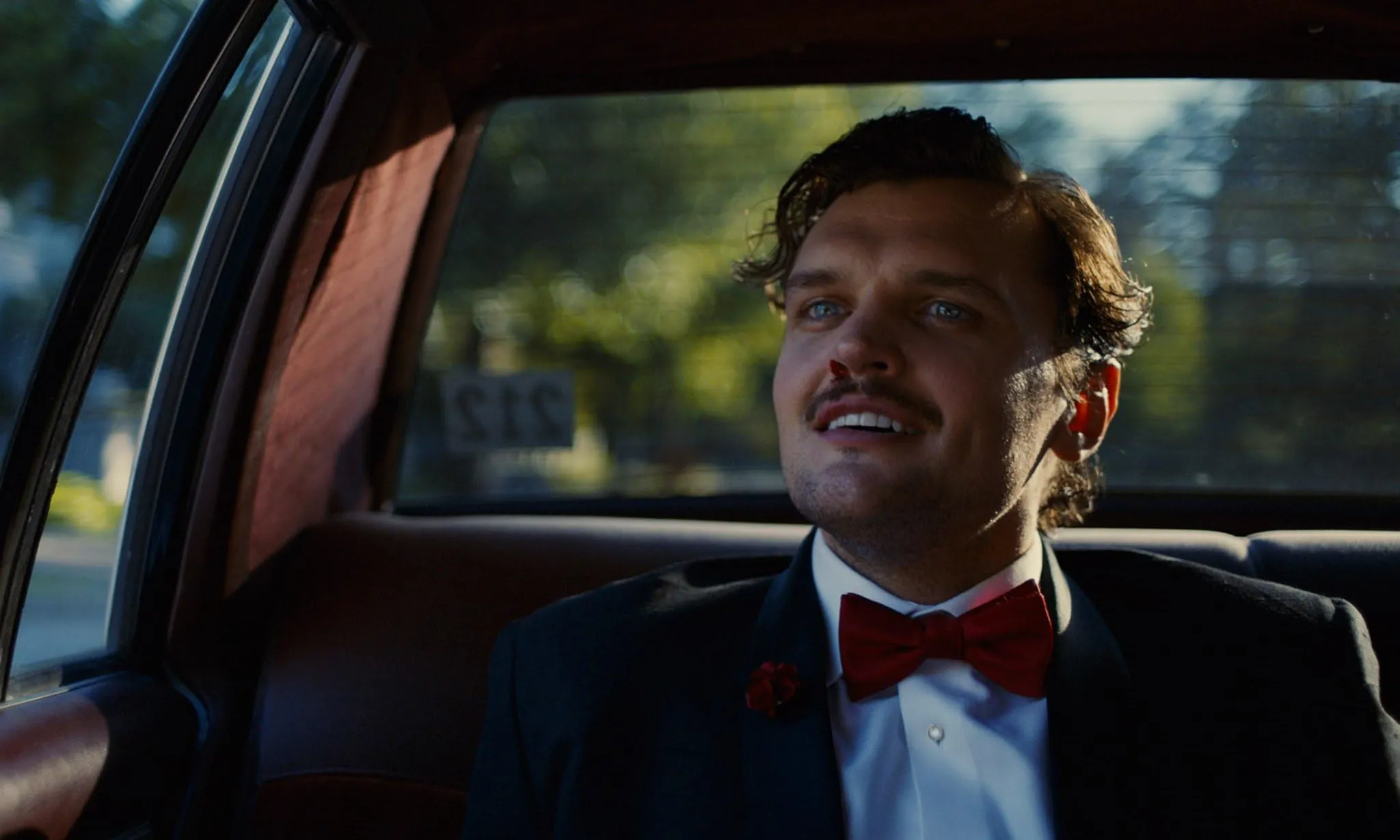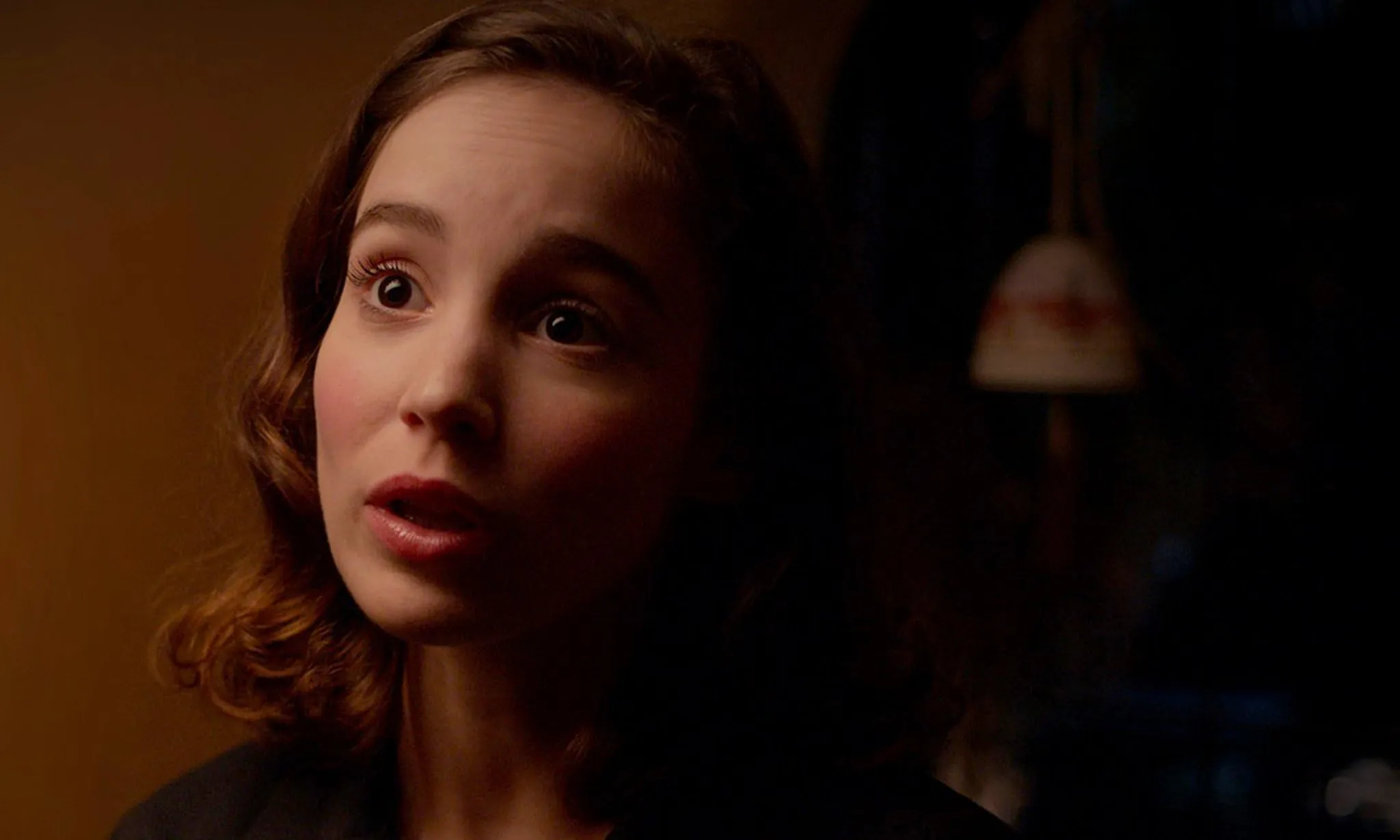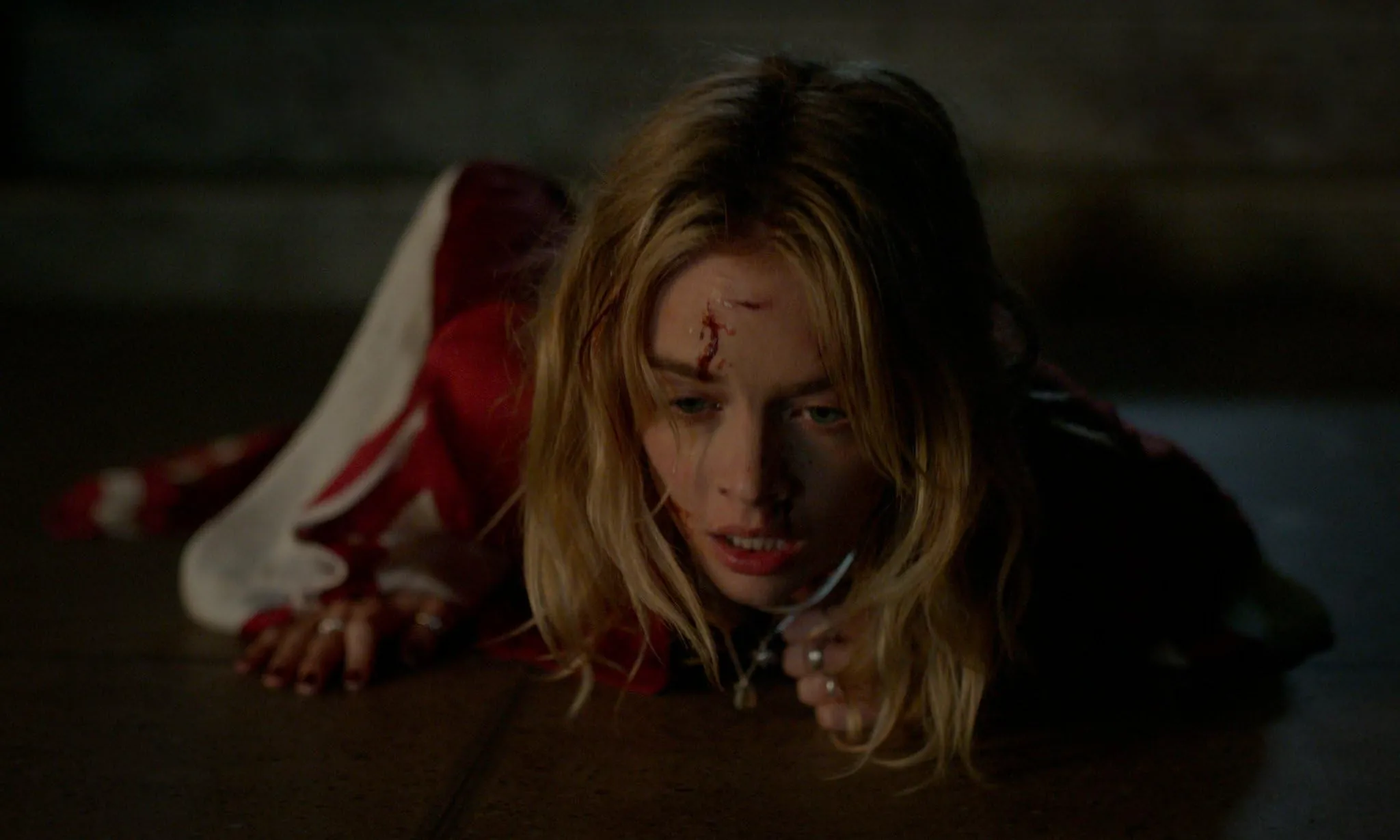In this cinematic exploration of a bizarre true incident, the film sets up a scenario where a celebrated pop diva, Sofia, sees her orderly world upended by a dangerously fixated admirer. The narrative arrives as a horror-comedy that intersperses unsettling moments with a droll commentary on modern celebrity.
The plot centers on Sofia—a figure both glamorous and guarded—whose life is disrupted by an intruder whose obsession transforms mundane security protocols into a theatrical farce.
The film situates its tale in 1990s Los Angeles, a period replete with overblown celebrity antics and an exuberant music scene that colored every corner of the city. This setting serves as a stage for a narrative that mirrors the excess and eccentricities of its era.
The director constructs a story that, at times, feels like a parable (a cautionary note on the perils of fame) while also embracing absurdity with a deadpan humor that punctuates the chaos. A pop icon’s vulnerability and the perils of unchecked obsession merge in a sequence of scenes that offer both intellectual fodder and a few unexpected chuckles (a nod to the fickle nature of public adoration).
Chronicles of Chaos and Order
From the opening moments, the narrative establishes a stark contrast between the quiet, isolated life of Sofia and the intrusion wrought by her obsessed admirer.
The film unfolds in two distinct segments—a measured introduction into a sheltered celebrity existence and a later phase that amplifies the disruptive events from months past. This shifting structure (reminiscent of seismic changes in historical power dynamics) creates a rhythm that swings unpredictably between languid calm and unrestrained pandemonium.
In the early scenes, a shocking breach at Sofia’s mansion—a moment when her steadfast bodyguard confronts a man driven by irrational fixation—sets the tone. What begins as an off-kilter disturbance soon spirals into a full-scale breach, evolving into scenes of chaotic home invasion and a bizarrely orchestrated wedding-night fiasco.
Each segment of the plot crafts a tapestry of startling transitions, where raw tension suddenly curdles into moments of wry, almost absurd humor (a nod to the unpredictable nature of modern celebrity life).
The film’s narrative techniques employ sudden flashbacks and abrupt temporal shifts that mirror the instability of its characters’ inner lives. These techniques reveal the inherent fragility behind a glittering public persona, much like historical accounts of societal collapse where order gives way to chaos.
At times, the storyline seems to stumble under the weight of its own ambitions, yet these very missteps contribute to a rich display of the collision between order and disorder in a culture fixated on fame.
Faces of Discord and Harmony
Sofia appears as a study in contrasts—a star whose public mask of self-assured detachment belies moments of genuine care. Her portrayal shifts from an aloof diva to someone forced into a precarious confrontation with reality.
There is a quality of isolation in her performance (a kind of celebrity schism) that speaks to the hidden costs of fame. The subtlety in her expressions suggests a person who has long hidden behind a glittering façade, caught in a self-imposed exile from sincere connection.
Paul Duerson is another study altogether. He emerges as a figure whose erratic actions swing between unpredictable danger and a kind of naive infatuation. His behavior carries an unsettling charm, a quality that makes his unpredictability both amusing and alarming. His character presents a fascinating internal tug-of-war, caught between the lure of violent impulses and a bizarre, misplaced sense of romance.
Bell serves as the steadfast counterpoint amid the swirling chaos. As Sofia’s guardian, he is the embodiment of duty and reluctant compassion. His performance hints at an inner fragility—a man burdened by professional responsibilities and personal longing (a touch of tragic ordinariness that resonates in unexpected moments).
The secondary figures add further complexity. Rhodes, the sports star, offers a reflective counterbalance to Sofia’s persona, bringing forth an unanticipated layer of sensitivity. Meanwhile, Penny’s hyperbolic antics inject a madcap energy that punctuates the narrative with bursts of audacious humor.
The ensemble cast injects life into a script that sometimes stumbles over its ambitions. There are instances where each actor’s subtle nuances illuminate aspects of a character that might otherwise slip by unnoticed. Moments of brief levity punctuate the unfolding drama, as if the cast is aware of the absurdity inherent in their roles, making the film a fascinating mosaic of conflicted identities and unexpected revelations.
Choreography of Vision and Chaos
This film marks a turning point for its director, making his first venture into feature filmmaking. His background in scriptwriting—where moments of absurdity met unexpected violence—shows through his approach to mixing disparate elements into one experience.
The camera work reveals a penchant for surprising angles and abrupt shifts that mirror the disordered inner lives of the characters (a technique one might call “visionary anarchy”). Each scene is framed with a deliberate mix of stillness and kinetic energy, recalling how societal shocks once rippled through history.
A striking scene is the extravagant home invasion, where rapid cuts and sudden changes in perspective evoke the jolt of unforeseen social change. Another memorable moment is a peculiar musical duet that serves as an interlude in a narrative otherwise saturated with tension; its offbeat interjection makes viewers pause, question, and even chuckle at the absurdity of it all.
These moments reveal a director unafraid to experiment with tone, even when the result introduces unexpected discord into the film’s overall rhythm.
The setting—an exaggerated, surreal version of 1990s Los Angeles—receives the same attention to visual detail. Every frame pulses with a mix of glitz and a subtle undercurrent of decay, much like cultural movements in eras past. At times, the stylistic choices clash with narrative expectations, but these collisions spark discussion about the evolving language of modern filmmaking and the role of image in reflecting societal shifts.
Visual Realms of the Decade
The film’s imagery confronts us with an interplay of light and shadow that recalls the distinct aura of the ’90s. A cool, sterile hue frequently dominates, yet sudden bursts of neon spark unexpected tension (a reminder of the era’s excess and underlying vulnerability).
Wide frames capture the lavish mansion—a fortress of celebrity isolation—its corridors and ornate rooms rendered almost as if by a dreamlike distillation of wealth and desolation.
Shot composition is meticulous; each frame appears designed to evoke both the gleam of high society and the silent menace lurking in the periphery. Quick cuts during moments of chaos trigger brief instants of unease, intermingling with longer, lingering takes that settle the eye on extravagant details: period-specific props, meticulously chosen costumes, and background tunes that echo the music of the day.
The mansion itself emerges as an essential element—a setting that speaks volumes about the hidden solitude behind public glamour. Its opulent surfaces and quirky decor signal not only a relic of a bygone time but also serve as a physical metaphor for a life shielded from reality, where external splendor conceals a deeper sense of isolation and invasion of personal space.
Sonic Collage of Chaos
The soundtrack picks up the unmistakable pulse of the ’90s, interweaving needle-drop hits with unexpected score shifts that mirror the film’s erratic mood swings.
The musical cues punctuate scenes with precise timing—sharp bursts during frenzied chases and quiet interludes that add a subtle weight to moments of comic misfortune (a true auditory wink).
Specific sequences, like the off-kilter duet or the chase sequences scored by an almost mischievous background beat, underscore the character of Sofia and mirror the high-stakes theatrics of celebrity life.
The synergy between the sound design and the visuals is particularly striking; each beat seems to puncture the tension or nudge a scene into a brief moment of absurdity. Certain musical passages have a way of steering the audience’s feelings—tugging at nerves one moment and eliciting a dry smile the next, making the film’s atmosphere palpably dynamic.
Scripted Whimsy and Social Critique
The screenplay reveals a curious interplay between clever quips and a persistent undercurrent of suspense. Its dialogue nurtures characters with surprising depth, imbuing them with fragile humanity (a nod to the hidden struggles behind the spotlight).
The use of humor—ranging from physical antics to dry, unexpected jabs—interrupts moments of terror in a manner that mirrors the absurdity of celebrity life. At times, the wit cuts tension so sharply that it questions if the narrative can sustain itself through its own contradictions.
Themes of fame, obsession, and parasocial fixation surface repeatedly, their symbolism threaded through exchanges that oscillate between irreverence and solemnity.
The script merges comic misadventure with grim social commentary, a balancing act that feels both risky and refreshingly unorthodox. Occasional lapses in dialogue rescue the narrative from total chaos, offering bursts of clarity amid the erratic cadence of its storytelling.
The Review
Borderline
A wild and cerebral foray into celebrity excess, the film challenges viewers with its unpredictable narrative and striking visuals. Its audacious mix of humor and menace sparks a vivid commentary on the high cost of fame, while bold directorial risks keep the experience fresh and often surprising. Imperfect yet thought-provoking, it invites discussion about the modern cult of personality.
PROS
- Unique mix of horror and dark comedy
- Striking visuals that capture the '90s vibe
CONS
- Inconsistent narrative pacing
- Occasional tonal dissonance





















































